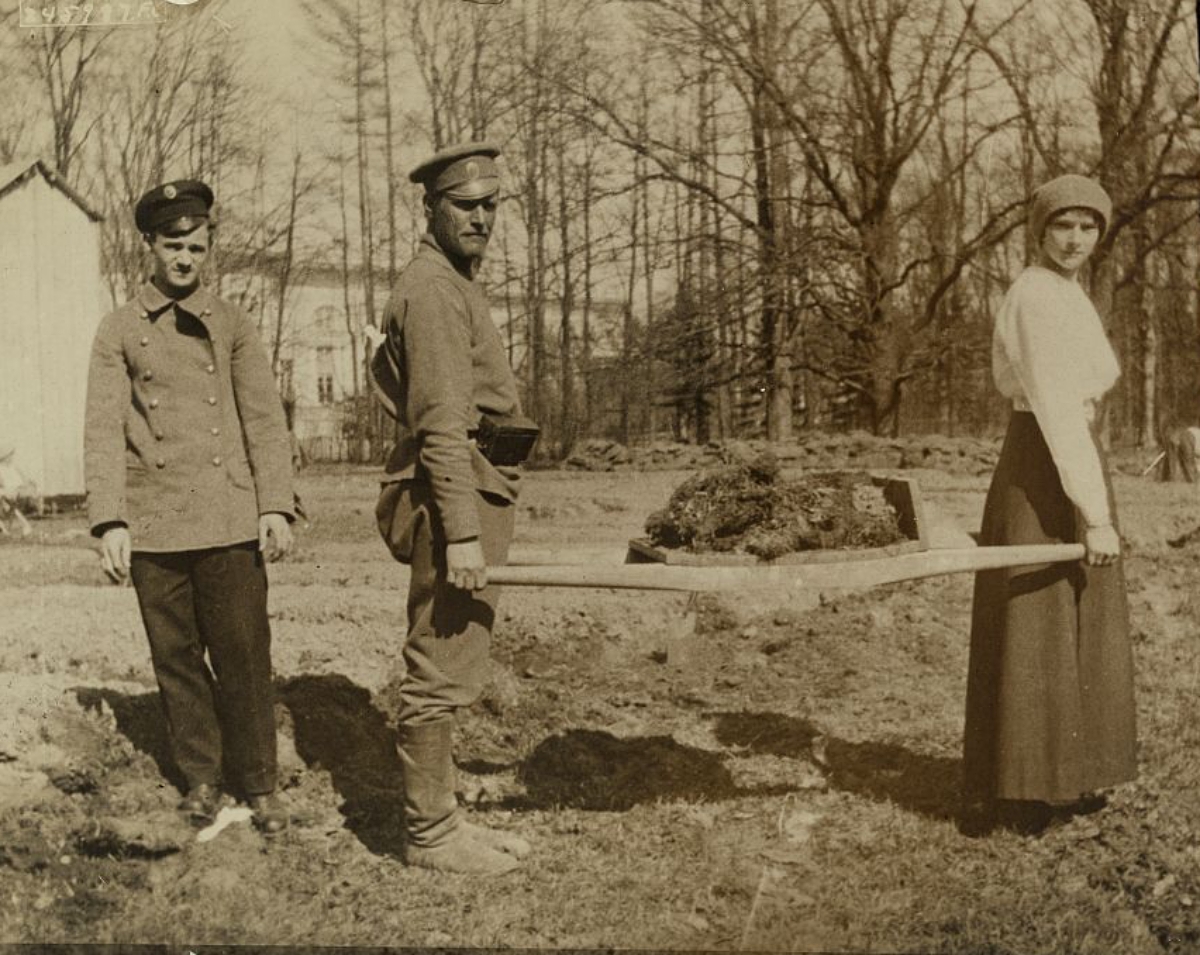The Sordid Tale of the Botched Romanov Family Burial
The location was kept secret even after the bones were found.
The Romanov family was executed by firing squad on July 17th and 18th during the Bolshevik Revolution in 1918. The large family consisted of Czar Nicholas II, his wife Empress Alexandra, their four daughters Olga, Tatiana, Maria, Anastasia, and the youngest, a son name Alexi, as well as their cook, head footman, the empress’ lady-in-waiting, and the court physician.

The royal family had untold wealth and power until the uprising, which oversaw the execution or exile of any other remaining members of the Russian royal family. Their property became the property of the state and their bodies were hastily disposed of…at least at first.

2 of the czar’s daughters somehow survived the firing squad and when that didn’t work were seized upon with bayonets. The execution took place at Ipatiev House (“the house of special purpose”) in Yekaterinburg. Their bodies were at first thrown into a shallow mine, then they were later disfigured in order to obscure their identities should they be found.
According to a forensics team in 2001 they bodies were disfigured with acid. However, when it was realized that the mine was far too shallow the mutilated corpses were dragged up and buried again, this time in an undisclosed location.

For years reports and rumors led to confusion among the public. By some reports members of the royal family had survived, still other rumors placed their deaths years after the fact. However, in no case was the burial location ever given up.
While many people over the years searched for the Romanov graves it wasn’t until 1979 that a geologist and amateur detective locked onto clues found in a journal. Alexander Avdonin was working on rumors he’d heard as a boy, but also had clues from the so-called “Yurovsky note” a journal fragment written by head executioner, Yakov Yurovsky, that outlined the circumstances surrounding the burials of 9 of the 11 royal party that were murdered.

Some of the bodies had been buried near to wear the truck carrying them had broken down, thus making it a truly random location. Many bones were recovered from the site, but the whole affair was kept secret until the 1990s. After the release of the story in the media, many speculated that the bones could have been from anybody.
However, DNA results from the bones were compared to surviving members of the royal family and found to be matching. And, there are disputes to this day over what happened to the Russian royal family and which bones are authentic. The only truth is that we will never know the whole truth, but DNA analysis is about close as we’ll ever get.
SKM: below-content placeholderWhizzco for DOT

